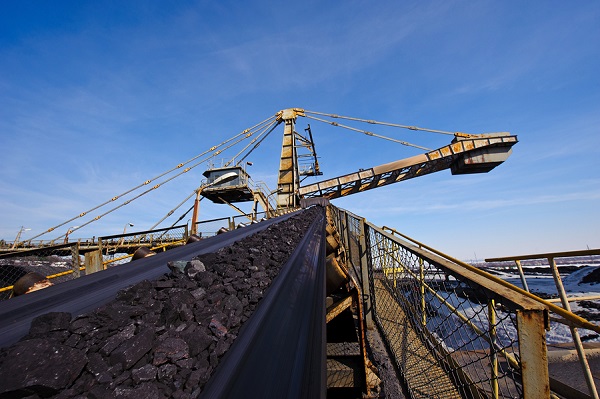Recently published in the Proceedings of the National Academy of Sciences, the findings demonstrate the need for policy makers to consider new accounting methods that more accurately track resource consumption.
Using a new detailed and comprehensive modelling tool, researchers from the University of Sydney, University of NSW, CSIRO and the University of California mapped the flow of raw materials across the world to determine a true 'material footprint' of 186 countries over two decades. The study covered metal ores, biomass, fossil fuels and construction minerals.
In 2008, 10 billion of the 70 billion metric tons of raw materials extracted globally were physically traded. However, three times as many resources — 29 billion tons — were used to enable the processing and export of these traded materials.
The researchers say, because these resources never leave their country of origin, they are not adequately captured by the current reporting methods. They have used a new indicator they call the material footprint to more accurately account for these lost resources and have developed tools to assist policy-makers.
"Australia appears to be using resources more slowly than the rate at which our economy is growing but still has the highest material footprint per capita, about 35 tons per person," said Professor Manfred Lenzen from the University of Sydney's School of Physics.
"Our affluent lifestyle requires immense amounts of raw materials to be extracted, including fossil fuels for energy needs, metal ores for manufactured products, construction materials for our buildings and biomass for our food."
"Humanity is using raw materials at a level never seen before with far-reaching environmental impacts on biodiversity, land use, climate and water," said lead author Tommy Wiedmann, Associate Professor of Sustainability Research at the UNSW.
"Now, more than ever, developed countries rely on international trade to acquire natural resources, but our research shows this dependence far exceeds the actual physical quantity of traded goods."
Economy-wide accounting metrics currently used by certain governments and intergovernmental organisations only account for the volume of raw material extracted and used domestically, and the volume physically traded.
These indicators suggest resource use in wealthy nations has increased at a slower rate than economic growth, a phenomenon known as relative decoupling, and that resource consumption in other countries has decreased over the last 20 years, something known as absolute decoupling.
Decoupling of raw material usage from economic growth is considered a necessary step towards achieving sustainable development and a low carbon economy.
But the study authors say, when material footprint indicators are factored in, these achievements are smaller than reported and often non-existent.
"For example, in Japan and the UK, the domestic extraction and usage of raw materials has declined significantly over the past 20 years, but this is not because these countries have become more resource-efficient — it is because they have simply shifted to importing material-intensive production from other countries," Professor Lenzen said.






